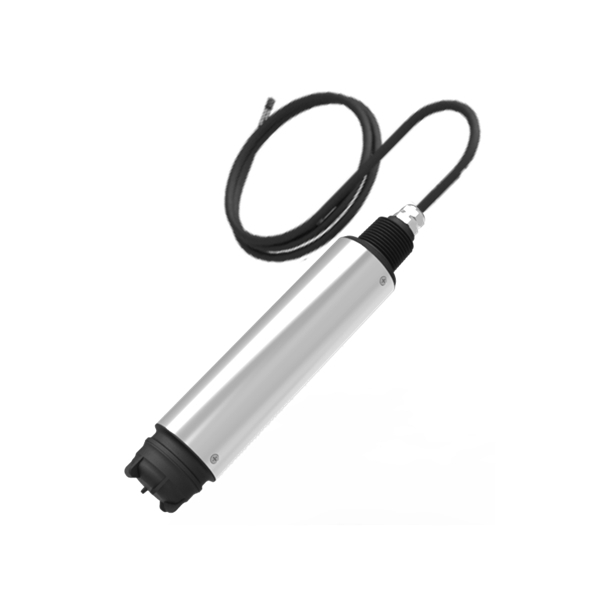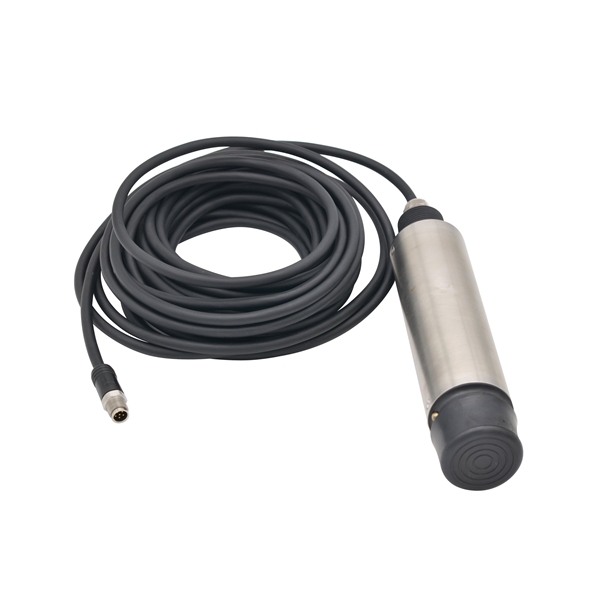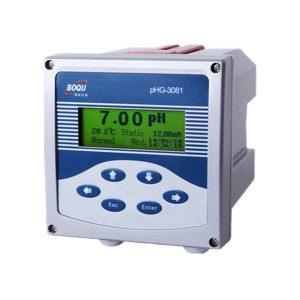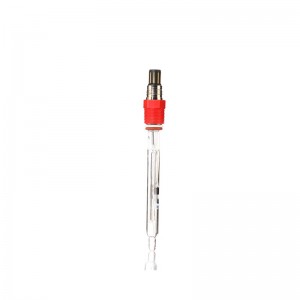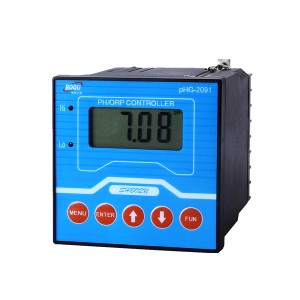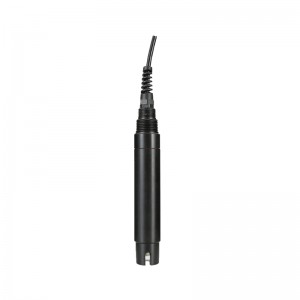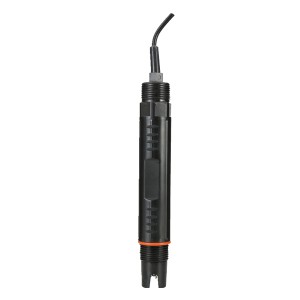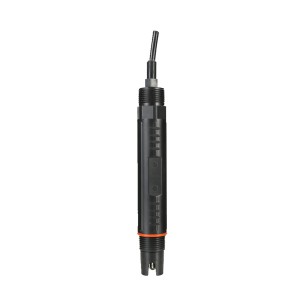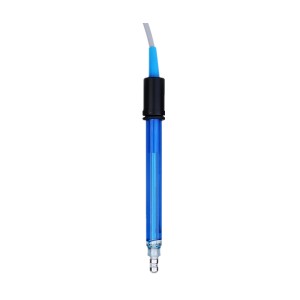How much do you know about the optical dissolved oxygen sensor in aquaculture? Aquaculture is a vital industry that provides a source of food and income for many communities around the world. However, managing the environment in which aquaculture operations take place can be challenging.
One of the critical factors in ensuring a healthy and productive environment for aquatic organisms is maintaining optimal dissolved oxygen levels.
In this blog post, we will discuss the importance of optical dissolved oxygen sensors in aquaculture and how they can help farmers maximize their yields.
What Are Optical Dissolved Oxygen Sensors?
Optical dissolved oxygen sensors are devices that measure the concentration of dissolved oxygen in a liquid using a luminescence-based technique.
These sensors work by measuring the luminescence of a special dye that changes its luminescence properties in response to the presence of dissolved oxygen. The luminescence response is then used to calculate the oxygen concentration of the sample being measured.
BOQU’s IoT Digital Optical Dissolved Oxygen Sensor
Taking BOQU’s IoT Digital Optical Dissolved Oxygen Sensor as an example, its working principle is as follows:
The working principle of BOQU’s IoT Digital Optical Dissolved Oxygen Sensor is based on the fluorescence measurement of dissolved oxygen. Here is a simple breakdown of its working principle:
- Blue light is emitted by the phosphor layer in the sensor.
- The fluorescent substance within the sensor is excited by the blue light and emits red light.
- The concentration of dissolved oxygen within the sample is inversely proportional to the time it takes for the fluorescent substance to return to its ground state.
- The sensor measures the time it takes for the fluorescent substance to return to its ground state to determine the concentration of dissolved oxygen within the sample.
Some advantages of using BOQU’s IoT Digital Optical Dissolved Oxygen Sensor in its working principle include:
- The measurement of dissolved oxygen is based on fluorescence, which means there is no consumption of oxygen during the measurement process.
- The data provided by the sensor is stable and reliable, as there is no interference with the measurement process.
- The sensor’s performance is highly accurate, ensuring that accurate measurements of dissolved oxygen are obtained.
- The use of fluorescence measurement of dissolved oxygen makes the sensor more resistant to fouling and drift, which are common problems encountered with other types of dissolved oxygen sensors.
Why Are Optical Dissolved Oxygen Sensors Important In Aquaculture?
Dissolved oxygen is a critical factor in aquaculture because it affects the health and growth of aquatic organisms. Inadequate dissolved oxygen levels can lead to poor growth, weakened immune systems, and increased susceptibility to disease.
Therefore, it is essential to maintain optimal dissolved oxygen levels in aquaculture settings to ensure healthy and productive aquatic organisms.
Optical dissolved oxygen sensors can help farmers achieve this goal by providing accurate and reliable measurements of dissolved oxygen levels in real time.
This allows farmers to make informed decisions about oxygen supplementation, aeration, and other management strategies to maintain optimal dissolved oxygen levels.
Optimal Dissolved Oxygen Levels In Aquaculture:
The optimal dissolved oxygen levels in aquaculture can vary depending on the species of aquatic organisms being farmed.
For example, warm-water fish species generally require dissolved oxygen levels between 5 and 7 mg/L, while cold-water fish species may require levels as high as 10 mg/L or more.
In general, dissolved oxygen levels below 4 mg/L can be lethal to most aquatic organisms, while levels above 12 mg/L can cause stress and reduce growth rates.
How Does Optical Dissolved Oxygen Sensor Work In Aquaculture?
Optical dissolved oxygen sensors can be used in various aquaculture settings, including ponds, raceways, tanks, and recirculating systems. These sensors are typically installed in the water body being monitored, either directly or through a flow-through system.
Once installed, the optical dissolved oxygen sensor continuously measures the dissolved oxygen concentration in the water, providing real-time data on oxygen levels.
Farmers can use this data to make informed decisions about oxygen supplementation, aeration, and other management strategies to maintain optimal dissolved oxygen levels for their aquatic organisms.
Benefits Of Using Optical Dissolved Oxygen Sensors In Aquaculture:
There are several benefits to using optical dissolved oxygen sensors in aquaculture settings.
Reliable measurement
Firstly, these sensors provide accurate and reliable measurements of dissolved oxygen levels in real time, allowing farmers to respond quickly to changes in oxygen levels.
This can help prevent fish kills and other negative outcomes that can result from inadequate dissolved oxygen levels.
Minimize energy consumption
Secondly, using optical dissolved oxygen sensors can help farmers optimize their use of oxygen supplementation and aeration equipment. By providing real-time data on oxygen levels, farmers can fine-tune their use of these resources, minimizing energy consumption and reducing costs.
A healthy and productive environment
Thirdly, using optical dissolved oxygen sensors can help farmers achieve higher yields and better growth rates for their aquatic organisms. By maintaining optimal dissolved oxygen levels, farmers can create a healthy and productive environment for their aquatic organisms, leading to higher yields and better growth rates.
Comply with regulatory requirements
Lastly, using optical dissolved oxygen sensors can help farmers comply with regulatory requirements for dissolved oxygen levels.
Many regulatory agencies require regular monitoring and reporting of dissolved oxygen levels in aquaculture settings, and using optical dissolved oxygen sensors can help farmers meet these requirements efficiently and accurately.
Advantages of BOQU’s IoT Digital Optical Dissolved Oxygen Sensor:
- Reproducibility and Stability:
The sensor uses a new type of oxygen-sensitive film that offers good reproducibility and stability, making it a reliable tool for dissolved oxygen measurements.
- Customizable Prompt Messages:
The sensor maintains prompt communication with the user, allowing for the customization of prompt messages that are automatically triggered when necessary.
- Improved Durability:
The sensor features a hard, fully enclosed design that enhances its durability, making it more resistant to damage.
- Ease of Use:
The sensor’s simple and reliable interface instructions can reduce operational errors, making it easier for users to obtain accurate dissolved oxygen measurements.
- Visual Warning System:
The sensor is equipped with a visual warning system that provides important alarm functions, alerting users to changes in dissolved oxygen levels.
Final words:
In conclusion, maintaining optimal dissolved oxygen levels is essential for the health and growth of aquatic organisms in aquaculture settings.
Optical dissolved oxygen sensors are valuable tools that can help farmers achieve this goal by providing accurate and reliable measurements of dissolved oxygen levels in real time.
The optimal dissolved oxygen sensor from BOQU will help you get higher-quality water for your aquaculture. If you are interested, please ask BOQU’s customer service team directly!
Post time: Apr-17-2023

